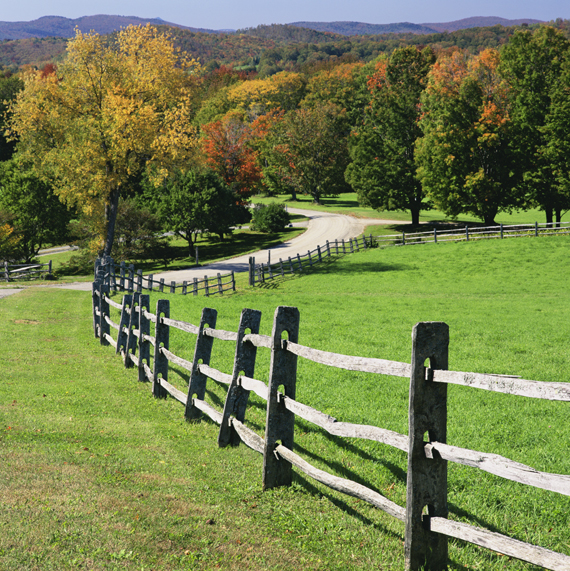The other day an inquiry came across my desk concerning a fence encroachment. The person wanted to know “How many years does it take for a fence encroachment to be grandfathered in?” The questioner assumed that because they had built a fence encroaching on someone else’s property many years ago that a transfer of ownership would be automatic. That thought is of course a wives tale!
There is never an automatic transfer of land or property right (ie. easements) even if the trespasser has a valid claim. The burden of proof to establish a claim of adverse possession is on the trespasser. That means they have to actually file an adverse possession lawsuit, and prove the following elements; 1) Open notorious and hostile possession against the right of the true owner and without permission. 2) Actual possession that exercises control over the property, such as a fence or continued use like a driveway or building. 3) Exclusive use by the trespasser alone, and 4) Continuous use for a period of ten years or more. Once the trespasser has filed the suit and presented this evidence, a judge must still be persuaded to rule in favor of the trespasser which in most cases is a monumental task.
This burden of proof is rarely met because one or more of the affected owners does not have actual knowledge of where the property line is, therefore the neighbors could never prove “open and notorious” possession. “Open and notorious” means everybody  knows and the landowner does nothing to stop that hostile use, nor do they give permission. Often, encroachments are only discovered when one property owner performs a survey and finds an encroaching fence or other structure across the line.
knows and the landowner does nothing to stop that hostile use, nor do they give permission. Often, encroachments are only discovered when one property owner performs a survey and finds an encroaching fence or other structure across the line.
In one case a new property owner discovered that more than half of their shop was on an adjoining property. Since there really could never be a valid adverse possession claim in this case, it ended badly for the new purchaser who had completed the survey AFTER their closing. The neighbor vehemently refused to provide an easement for the newly discovered encroachment, so the new buyer had no option but to tear the shop down and reposition it within their boundaries.
Most encroachments can be discovered easily with the help of aerial photos, especially if a house or outbuilding is close to the line or obviously encroaching. While many aerial overlays of property lines are not certified to be accurate, they are usually revealing enough to determine whether the situation warrants closer scrutiny.
.jpg)
Jim Palmer, Jr.
509-953-1666
www.JimPalmerJr.com

See my blogs at:
www.RealEstateMarketPlc.com
Two Multiple Listing Services
Professional Representation for Buyers & Sellers
Residential • Acreage • Residential Acreage
Waterfront • Ranch • Farm
© Copyright 2025 | All rights reserved | Privacy Policy
"We do not share any client data with third parties. Your personal information is kept confidential and is not disclosed to any outside organizations except as required by law or with your explicit consent."
